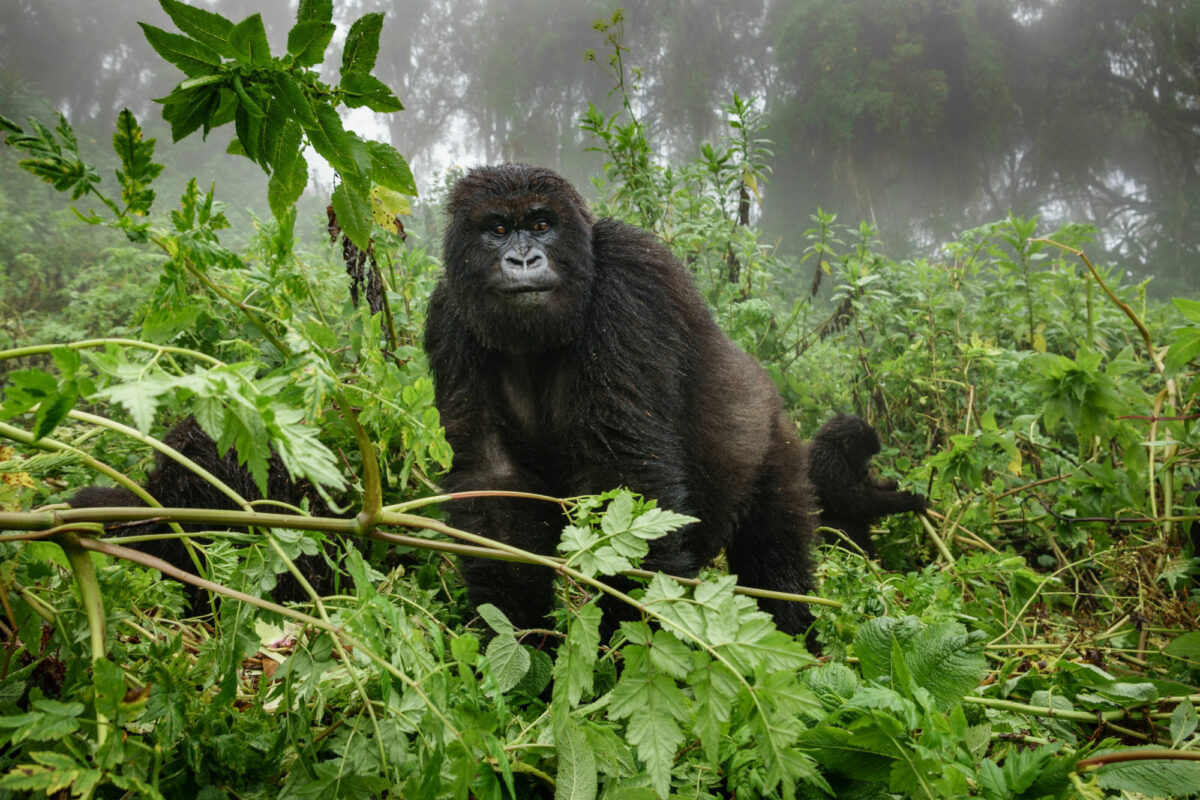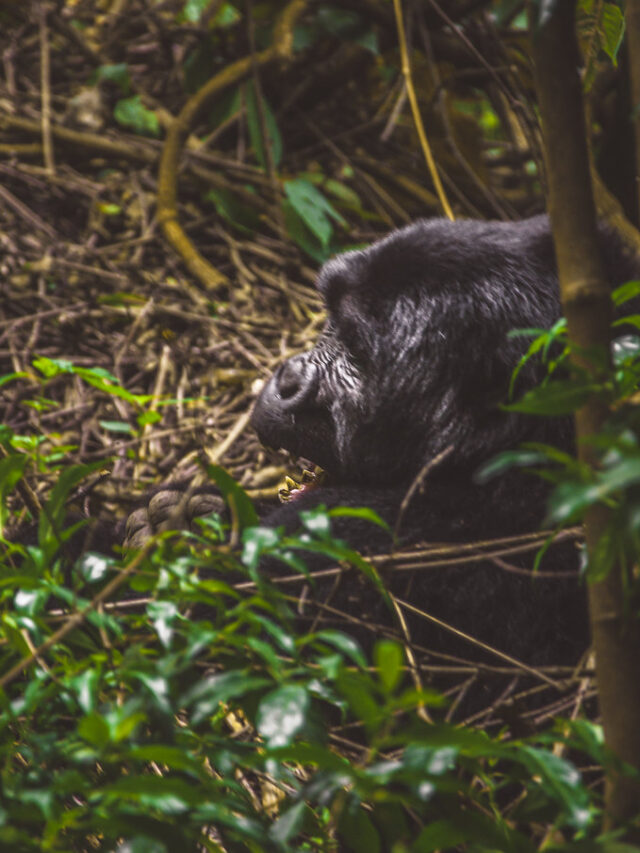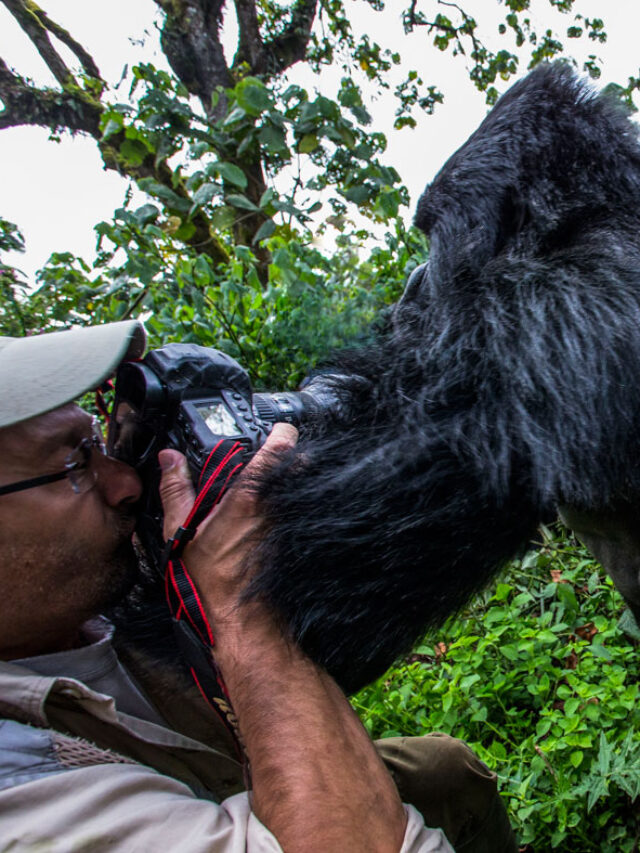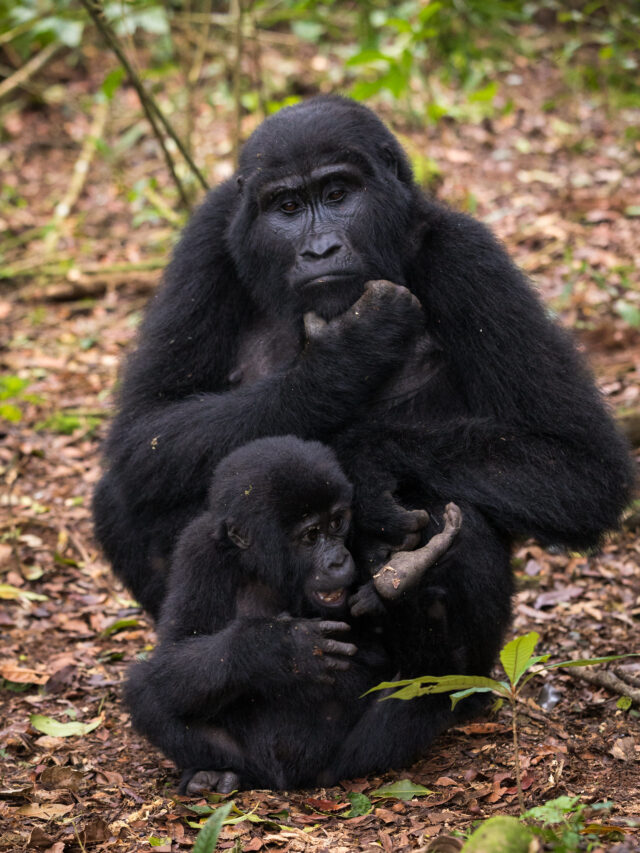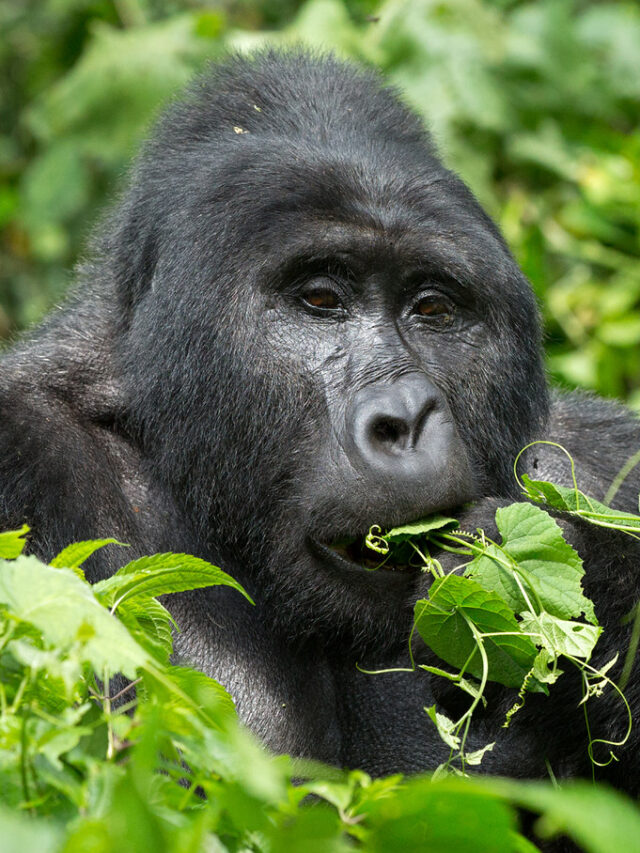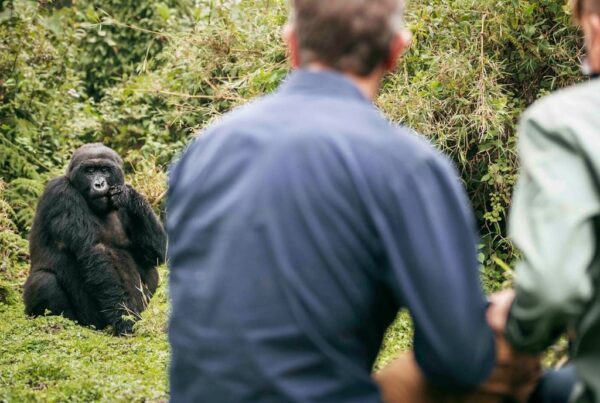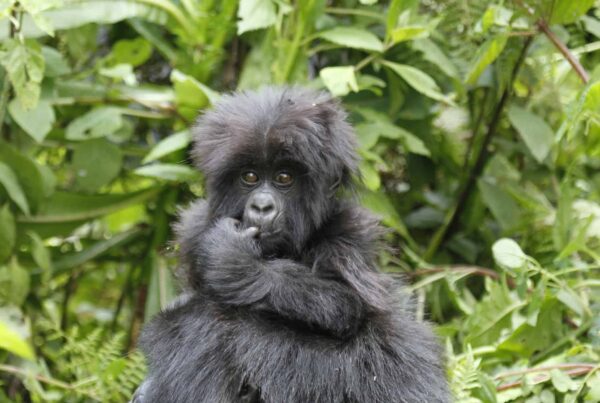Budget Gorilla Trekking – How to Experience Uganda’s Gentle Giants Without Breaking the Bank
Budget Gorilla Trekking — For many travelers, gorilla trekking sounds like an adventure reserved for high-end luxury safaris. The image of misty mountains, rare wildlife, and remote lodges often comes with the assumption that it’s simply too expensive for a traveler on a tight budget. But here’s the truth—budget gorilla trekking is possible in Uganda, and with a little planning, you can experience the magic of meeting mountain gorillas without draining your savings. It all comes down to smart choices on permits, transport, lodging, and timing, while still ensuring you get the once-in-a-lifetime experience you’re after.
Why Uganda Is the Best Destination for Budget Gorilla Trekking
Among the three countries where mountain gorilla trekking is possible—Uganda, Rwanda, and the Democratic Republic of Congo—Uganda strikes the best balance between safety, accessibility, and cost. Rwanda’s gorilla permits currently cost $1,500 per person, while Uganda’s are priced at $800 for international visitors, making it almost half the cost. The experience in Uganda is just as rewarding, with both Bwindi Impenetrable National Park and Mgahinga Gorilla National Park offering habituated gorilla families in lush, unspoiled environments. And with more than 20 gorilla families available for trekking, Uganda offers higher permit availability, making it easier to secure a spot even if you’re planning on a budget.
Choosing the Right Season to Save More
If you’re flexible with dates, the low seasons—March to May and October to November—can offer big savings. While these are the wetter months, permit demand is lower, which means you’ll find more affordable lodge rates and sometimes even discounted tour packages. The forests are at their greenest, the wildlife is still active, and there are fewer tourists, giving you a more intimate trekking experience. The trails may be muddier, but the gorillas don’t mind, and with the right gear, you won’t either.
Budget-Friendly Accommodation Options
While luxury lodges around Bwindi and Mgahinga can cost hundreds of dollars a night, there are plenty of budget-friendly guesthouses and community-run lodges that offer comfortable stays for $30–$60 per night. Many of these are located in villages right outside the park gates, making it easy to start your trek without long transfers. Choosing local accommodation not only saves you money but also supports community livelihoods, meaning your trip directly benefits the people who help protect the gorillas.
Cutting Costs on Transport
Getting to the gorilla parks can be a major expense, but there are ways to keep it affordable. Public buses or shared taxi vans can get you close to the park towns, where you can arrange local motorcycle taxis or pickups to your lodge. While this takes longer than private transfers, it can cut transport costs by more than half. If you’re traveling in a small group, hiring a vehicle together with other trekkers can spread costs even further. For those already in East Africa, crossing from Rwanda into Uganda for a trek is often cheaper than doing the trek in Rwanda itself.
DIY vs. Tour Operator for Budget Treks
While some travelers try to arrange everything themselves, using a local budget tour operator can actually save money in the long run. They can bundle permits, lodging, and transport into a single package at lower rates than you might find individually, especially during the off-season. They also handle the logistics of securing your permit—crucial if you’re not in Uganda weeks before your trek. Just make sure to choose a reputable operator who is transparent with pricing and includes all park fees in their quote.
What You Shouldn’t Cut Corners On
Even on a budget, some expenses are worth paying for. Always hire a porter—at around $15, they not only carry your gear but also give you stability on steep or muddy trails. Don’t compromise on good trekking boots, waterproof clothing, and gloves, as they’ll keep you safe and comfortable during the hike. And never try to bypass official channels for permits—only permits issued through the Uganda Wildlife Authority or a licensed operator are valid.
The Reward of Budget Gorilla Trekking
In the end, budget gorilla trekking is not about missing out—it’s about making smart choices so you can spend less on logistics and more time enjoying the actual experience. Standing a few meters from a silverback, listening to the soft grunts of the gorilla family, and watching the young ones tumble through the undergrowth is just as powerful whether you’re staying in a five-star suite or a simple guesthouse. The forest doesn’t care how much you spent to get there, and the moment is equally priceless for every traveler who makes the journey.

